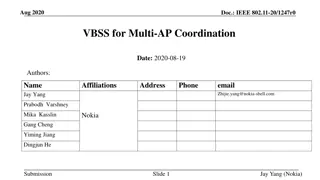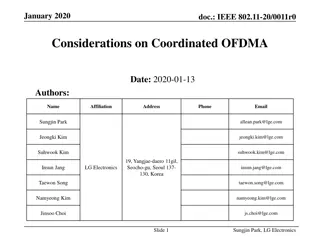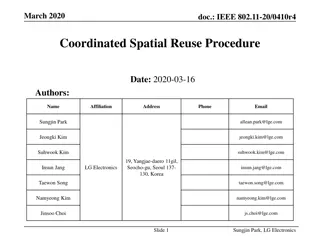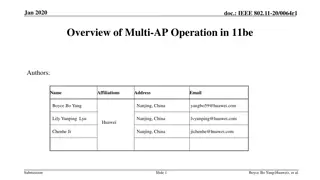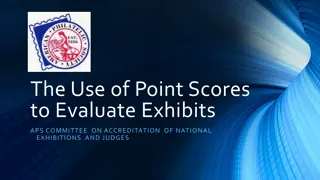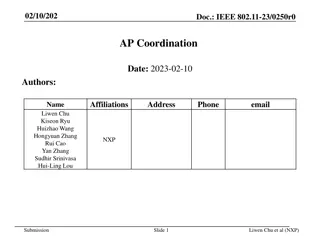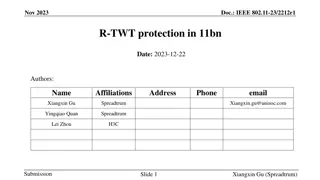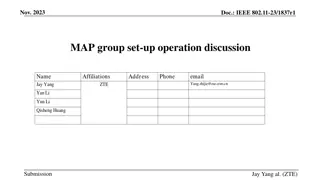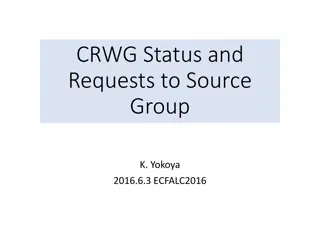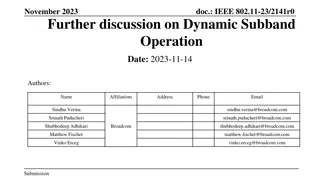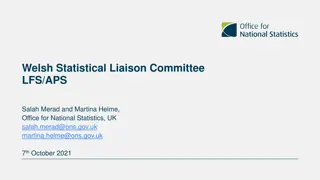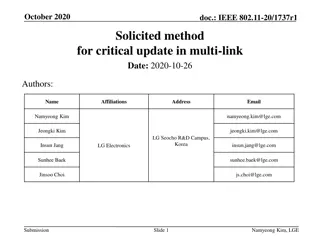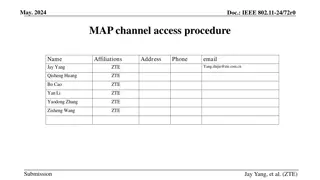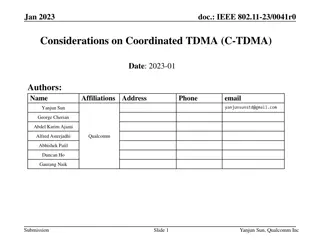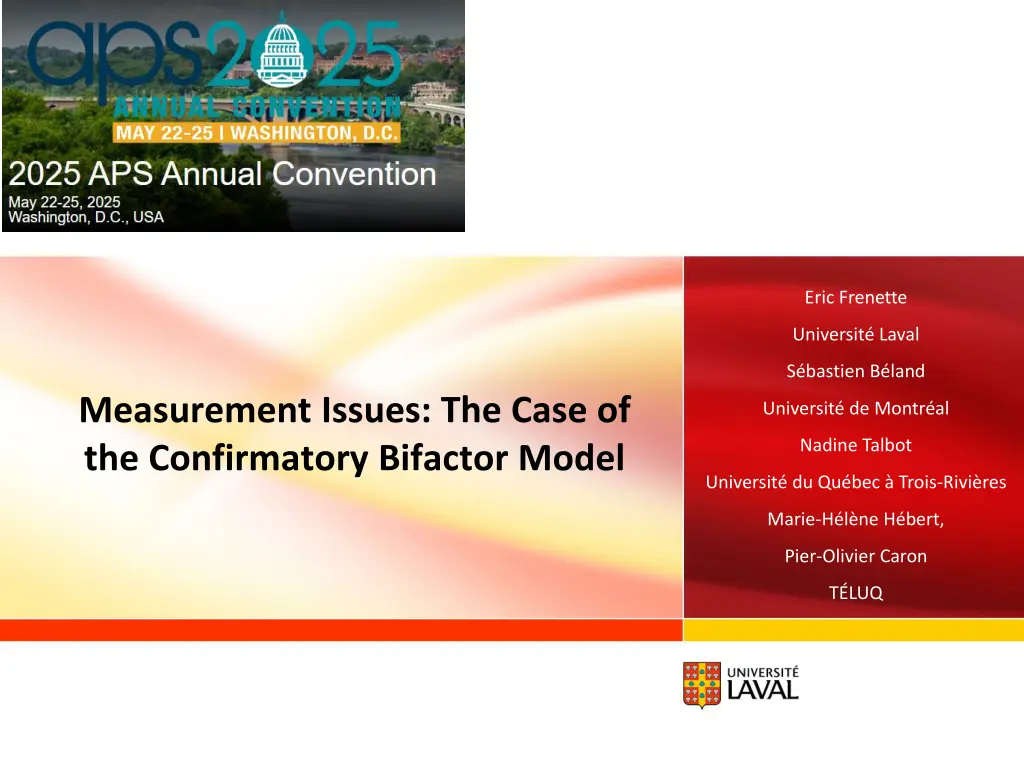
Understanding Measurement Issues in the Confirmatory Bifactor Model
Explore the complexities of the Confirmatory Bifactor Model through historical perspectives, methodology, and results. Gain insights into the unidimensionality concept and its significance in modern research. Discover the origins and assumptions of the Bifactor Model, its applications, and limitations.
Download Presentation

Please find below an Image/Link to download the presentation.
The content on the website is provided AS IS for your information and personal use only. It may not be sold, licensed, or shared on other websites without obtaining consent from the author. If you encounter any issues during the download, it is possible that the publisher has removed the file from their server.
You are allowed to download the files provided on this website for personal or commercial use, subject to the condition that they are used lawfully. All files are the property of their respective owners.
The content on the website is provided AS IS for your information and personal use only. It may not be sold, licensed, or shared on other websites without obtaining consent from the author.
E N D
Presentation Transcript
Eric Frenette Universit Laval S bastien B land Measurement Issues: The Case of the Confirmatory Bifactor Model Universit de Montr al Nadine Talbot Universit du Qu bec Trois-Rivi res Marie-H l ne H bert, Pier-Olivier Caron T LUQ
OUTLINES 1. Objective 2. Bifactor (historical perspectives and assumptions) 3. Methodology 4. Results 5. Scientific or scholarly significance 2 www.ulaval.ca
OBJECTIVE 1. Increasing number of scientific papers (mainly after 2010) are being published using the Bifactor model 2. Some applications may be limited due to its restrictive assumptions 3. Historical perspective (Holzinger, 1935; Spearman, 1927) to understand its origin and assumptions Years Results 8 results 16 results 13 results 2 results 5 results 5 results 5 results 99 results 3 100 results 3 300 results 1930 1939 1940 1949 1950 1959 1960 1969 1970 1979 1980 1989 1990 1999 2000 2009 2010 2019 2020 2024 www.ulaval.ca
BIFACTOR MODEL 1. Spearman (1927). The abilities of man. McMillan 1. Spearman s Two factor theory 2. One general ability (g) and many specific abilities (s) 3. Group factors based on tetrad differences 4. Model with one common factor (Thurstone, 1935) Figure 1. Example of Two-factors theory (Spearman, 1927). Figure 2. Example of how to calculate tetrad differences (Spearman, 1927) 4 www.ulaval.ca
BIFACTOR MODEL Holzinger (1935-1937). Preliminary report on Spearman-Holzinger unitary trait study (Vol. 1-9). 1. Extension on the Two factor theory of Spearman (1927) 2. In Vol 5 a new factor theory called Bi-factor or hollow staircase (p. 1) 3. Use of the residual correlations after the removal of the general factor 4. The residual correlations are found to be negligible, the tetrads of the original variables are also insignificant 5. In Vol 7, coefficient of belonging B for identifying group factors 6. One common factor model 5 www.ulaval.ca
Unidimensionality 1. Idea of unidimensionality refers to the dominant concept (or factor) for which the test is designed (Humphreys, 1985, 1986). Several statistical indices are commonly used for this purpose. 1. The Explained Common Variance (ECV) 2. The Percentage of Uncontaminated Correlations (PUC) 3. The scree plot (Cattell, 1966) and parallel analysis (Horn, 1965) 4. Velicer s MinimumAverage Partial (MAP) test (1976) 5. DETECT, DIMTEST, POLY-DIMTEST or UniCo www.ulaval.ca
METHODOLOGY Research the term Bifactor (or Bi-factor) in seven scientific journals: 1. European Review of Applied Psychology (n=3/5); 2. Contemporary Educational Psychology (n=12/28); 3. Journal of Educational Psychology (n=10/16); 4. Journal of Vocational Behavior (n=17/31), 5. Learning and Individual Differences (n=14/25), 6. Personality and Individual Difference (n= 86/154) 7. Scandinavian Journal of Psychology (n=7/10) 269 scientific papers; 149 use a confirmatory bifactor model; 143 with fit indices www.ulaval.ca
RESULTS Table 2: Summary of confirmatory Bifactor model assumptions Evaluation Criterion Number of Studies (N = 143) 35 % 1- Robust unidimensionality demonstrated 2- Statistical identification of group factors residual correlation analysis (Holzinger-style) belonging coefficient or tetrad tests exploratory methods (EFA, free structure search) Purely theoretical or imported group factor structure 3- Studies meeting both key conditions (1 + 2) 24.5 % 1 0.7 % 0 0.0 % 7 4.9 % 52 36.4 % 0.7 % 1 www.ulaval.ca
SCIENTIFIC SIGNIFICANCE 1. Historical perspective of the Bifactor model 2. Using confirmatory Bifactor model without respecting its assumptions is a questionable research practice 3. Group factors: missing software implementing tetrad criterion, or the coefficient of belonging B and the residual correlations 4. Unidimensionality : a lot of methods available www.ulaval.ca
SCIENTIFIC SIGNIFICANCE What is a Bifactor model ? Over time different propositions aliterate the Bifactor model, adding to the confusion. Burt (1937), Delaporte (1947), Schmid and Leiman (1957), Gibbons and Hedeker (1992) IRT Bifactor model, Gignac s model (2006, 2008) based on Catell s model (Gf, Gc) www.ulaval.ca
SCIENTIFIC SIGNIFICANCE Recommendation using the confirmatory Bifactor model: 1. Do the authors really used a Bifactor model? 2. Assessment of unidimensionality? 3. How are the group factors identified? Most authors use Gignac's model (calling it Bifacteur), where unidimensionality is theoretical and group factors are replaced by common factors. It all boils down to a race to the bottom in terms of fit indices. www.ulaval.ca
12 www.ulaval.ca


